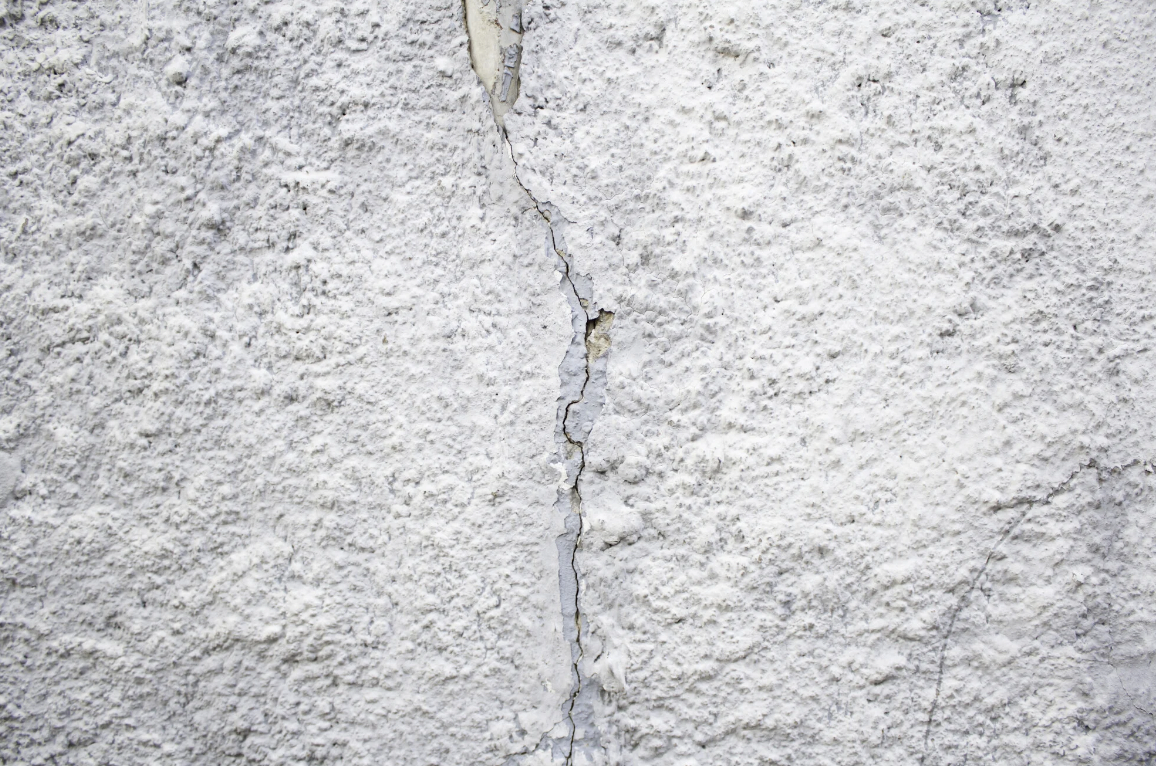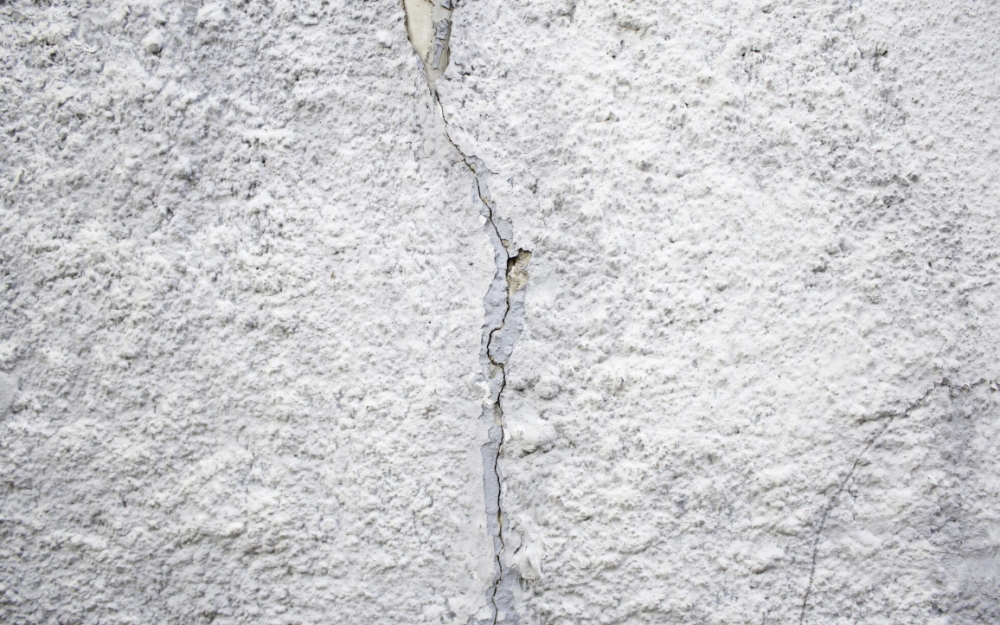What Are the Dangers of Horizontal Foundation Cracks?


Foundation issues can spell serious trouble for any home. The foundation supports the entire structure, making its stability crucial for safety and longevity. Among various foundation problems, horizontal foundation cracks are particularly concerning.
These cracks can indicate severe structural damage, often caused by hydrostatic pressure or soil movement. If left unchecked, they can lead to more extensive and costly repairs and even health issues. Understanding the dangers of horizontal foundation cracks is essential for homeowners.
Wondering how to spot these cracks and what to do if you find them? Keep reading to learn more about protecting your home from foundation damage.
Causes of Horizontal Foundation Cracks
Horizontal foundation cracks can be alarming, and understanding their causes can help prevent severe damage. Here are the main factors that contribute to these cracks.
Hydrostatic Pressure
Hydrostatic pressure builds up when water accumulates in the soil around your home’s foundation. This often happens after heavy rain or due to poor drainage. The water-soaked soil expands, pushing against the foundation walls.
Over time, this pressure can cause the walls to crack horizontally. To reduce this risk, ensure your home has proper drainage systems to direct water away from the foundation.
Soil Movement and Construction Issues
Soil movement is another common cause of horizontal foundation cracks. When soil gets wet, it expands; when it dries, it contracts. This constant shifting puts stress on the foundation walls.
Clay soils are especially prone to this expansion and contraction. Additionally, poor construction practices, like using low-quality materials or not reinforcing the foundation properly, can make walls more vulnerable to cracking.
Understanding these causes helps homeowners take steps to prevent foundation damage. Regular inspections and good construction practices are key to maintaining a strong, crack-free foundation.
Risks Associated with Horizontal Foundation Cracks
Horizontal foundation cracks pose several risks to your home. Understanding these risks can help you take prompt action to protect your property.
Structural Risks
Horizontal foundation cracks can severely compromise the integrity of your home structure. These cracks indicate that the foundation walls are under significant stress. As the cracks widen, the walls may begin to bow inward. This can weaken the overall structure of your home, making it unsafe.
If left untreated, the damage can spread, affecting other parts of the house and leading to costly repairs.
Water Damage and Mold Growth
Cracks in the foundation create openings for water to enter your basement or crawl space. This can lead to foundation damage from water infiltration. Over time, the moisture can cause mold and mildew to grow, which are health hazards.
Mold spores can spread throughout your home, causing respiratory issues and other health problems. Water damage can also lead to wood rot and damage to personal belongings stored in the basement.
Impact on Property Value
The presence of horizontal foundation cracks can significantly decrease your home’s property value. Potential buyers are likely to be deterred by visible signs of foundation damage, fearing the cost and hassle of repairs.
Even if you plan to stay in your home, the value will be affected if you ever decide to sell. Addressing these cracks promptly through professional repair can help maintain your home’s value and ensure it remains a safe, stable investment.
Understanding the risks associated with horizontal foundation cracks emphasizes the importance of regular inspections and timely repairs. By taking action early, you can protect your home from serious structural issues and maintain its value.
Identifying Horizontal Foundation Cracks
Recognizing horizontal foundation cracks early can save you from extensive damage and costly repairs. Here’s what to look for and when to seek help.
Signs to Look For
Inspect your basement or crawl space walls for cracks that run horizontally. These cracks often appear near the middle or lower part of the wall. Look for signs of wall bowing or any moisture around the cracks, which could indicate water infiltration and potential mold growth.
Tools and Methods
Use a flashlight to inspect dark areas and a level to check if the walls are bowing. A ruler or tape measure can help monitor the width of the cracks over time. If the cracks seem to be growing or you notice significant bowing, it’s time to take action.
When to Seek Professional Inspection
If you observe any horizontal cracks, it’s wise to get a professional foundation repair inspection. Experts can assess the severity of the cracked foundation and recommend appropriate repairs to prevent further damage.
Identifying horizontal foundation cracks early and seeking professional help can protect your home from severe structural issues.
Addressing horizontal foundation cracks promptly is crucial to maintaining your home’s stability. Here are steps to take and tips to prevent future issues.
Immediate Steps
When you first notice horizontal foundation cracks, clean the area around the cracks and check for any moisture. Use a dehumidifier to control humidity levels in the basement. It’s also a good idea to monitor the cracks to see if they grow over time.
Long-Term Solutions
Professional foundation repair is often necessary for serious cracks. Experts can reinforce the foundation using methods like wall anchors, carbon fiber strips, or steel beams. These solutions stabilize the walls and prevent further bowing or cracking. Addressing hydrostatic pressure by improving drainage around your home is also essential.
This might include installing or repairing gutters, downspouts, and French drains to direct water away from the foundation.
Preventing Future Issues
To prevent foundation problems, ensure your home has proper drainage. Regularly clean and maintain gutters and downspouts. Grade the soil around your home so that it slopes away from the foundation, reducing water buildup. Installing a sump pump can also help manage excess water in the basement.
By taking these steps, you can protect your home from the damaging effects of horizontal foundation cracks and ensure its long-term stability.
Addressing Horizontal Foundation Cracks Promptly
Addressing horizontal foundation cracks quickly is crucial to avoid severe structural damage and costly repairs. Ignoring these cracks can lead to water damage, mold growth, and decreased property value.
For a thorough inspection and tailored repair solutions, contact Bay Crawl Space & Foundation Repair. With over 400 years of combined experience and a strong commitment to customized service, we ensure your home remains safe and stable.
Schedule a free inspection today and protect your home’s foundation with our expert services.
